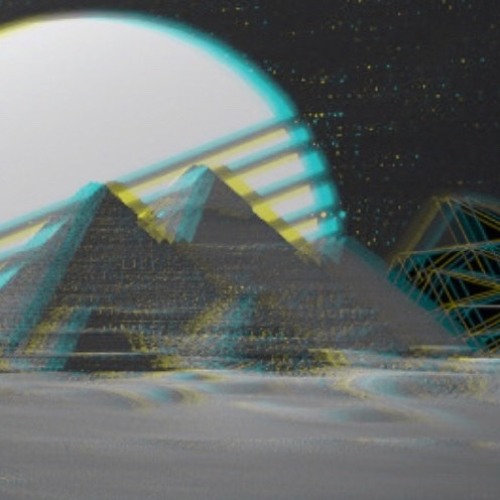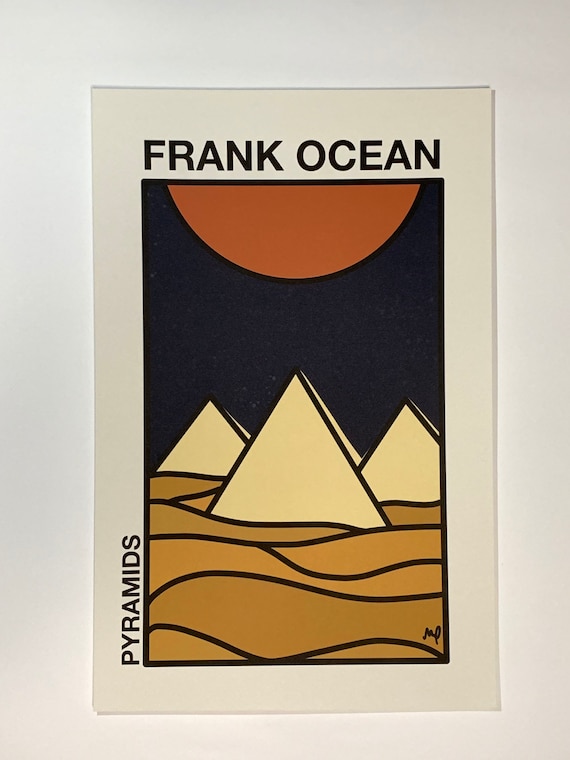
Rather, it could be said that this imagined lover to Cleopatra represents Egpyt as a whole, or even the entire African continent and the concept of black culture that the song reverberates. Cleopatra is more well-known for her romance with the western world (through the powerful men and the society as a whole) from her romantic rendezvouz with Julius Caesar and later Mark Antony. It does have to be noted that historically, Cleopatra traditionally married her younger brother Ptolemy XIII and did not do much with him in regards to romance. The song begins in our distant Egyptian past through the perspective of an imagined Egyptian lover to Cleopatra.

Even though it’s my voice, I’m a storyteller.”Īct 1: The Throne of Our Queen is Empty ‘Cleopatra Testing Poisons on Condemned Prisoners’ by Alexandre Cabanel, 1887. I like the anonymity that directors can have about their films.

He stated as much in a New York Times interview where he said “The work is not me. It’s the same manner in which film directors and screenwriters can craft a narrative and fill it with characters that may not be representing themselves but carry parts of their soul and experience with them. Frank’s penchant for storytelling in his songs can be characterized by his emphasis to detach himself from the song while at the same time having it being an autobiographical representation of himself and his human condition. I say ‘cinematic’ in the title because I do believe this to be Frank’s most narratively-driven track yet. The timeline follows the twilight of Cleopatra’s Ptolemaic Egpyt and her downfall to the present day, where one of the narrators seems to wake up from the past life he just experienced, only for us the listener of the song to find out that what happened in the dream version of the past is very much an allegory for the current events. P yramids‘ narrative follows a hallucinatory, possibly drug-induced hyperreality phenomenon that spans thousands of years, from multiple distinctive perspectives. I am also going to provide some cinematic comparisons to other films that are similar to the song’s theme and provide my takeaway from the song at the end. Nevertheless, I shall attempt to offer my angle which shall focus on Frank’s auteurist storytelling rather than the song’s actual production (which is incredible in its own right).

And during my research for this article, I have found incredible discourse about the song from the likes of the Dissect podcast and Headstuff, crafted by actual music journalists and experts which I recommend you read if you are looking for a more authoritative perspective on the song. It does have to be noted that I am a bit out of my depth regarding constructing a comprehensive essay about music and this is only my second attempt in doing so after my article about the Indonesian folk song Bengawan Solo. So much so that it follows a rather cinematic approach to songwriting-something hardly unique but Frank has pulled off astonishingly. The imagery in the lyrics conjures up an epic tale that is while not idiosyncratic in Frank’s discography, is significantly more grandiose in scope than any track off Channel Orange, or anything else from his discography.

But there is just something distinctively more ambitious with what Frank Ocean managed to accomplish in Pyramids. In truth, there’s a lot to say about any of Frank Ocean’s songs with their dynamic production and lyrical tours de force. There’s a lot to say about Pyramids, one of the single and narrative axis of Frank Ocean’s 2012 widely-revered album Channel Orange.


 0 kommentar(er)
0 kommentar(er)
